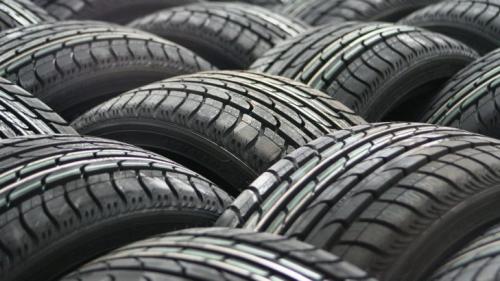The Roller Coaster Ride of Indian Rubber Industry

2018 has been a difficult year for the Indian Rubber Industry. Several events took place throughout the year which drastically affected the Rubber Industry of India.
India ’s natural rubber output boosted to a new height in four years at 750,000 tonnes as a spike in benchmark prices which encouraged farmers to start tapping trees again which was neglected earlier. The annual turnover on Indian Rubber Industry was registered at $12,700 million. But the Indian Rubber Industry had its fair share of problems which had a great impact on the industry.
Indian Rubber Industry Losing its Momentum
In the month of June 2018, it was reported that the rubber Industry of India was losing its pace because of over-dependence on imported cheaper rubber, which was a big challenge for the growth and competitiveness in the market.
US-China Tariff War
A few months later in September, the US-China Tariff war started growing. The US government started the Tariff war by imposing an additional 25% tariff on the Chinese imported good in order to protect the domestic industries which were affected by the imported goods.
Soon after that, China responded by increasing the tariff on the same amount of US imported goods. US government again released an additional list of Chinese imported goods on which they would charge a new 10% tax, which was worth $200 billion.
Trouble for Indian Rubber Industry
The US-China Tariff war had some serious effects on the Indian Rubber Industry because the US is India’s biggest market for rubber products having a share of almost 14% of its overall exports of rubber products. US is also India’s biggest market for tyre exports accounting for about 15% of the total exports.
This Tariff war was worrisome for India because China was the largest Tyre manufacturer, and it exports almost two-thirds of its production. China is also US’s biggest trading partner in Tyre. The main question was that whether China would consider India as the dumping ground for the Tyre and Non-Tyre products that face the tariff in the US, because if China decides to reroute the surplus tyre production to India at a cheap price then the Indian Tyre industry would suffer immensely.
How the Indian Rubber Industry is Operated?
We have discussed how the Indian Rubber Industry performed in the last year, but now let’s take a look at how the Indian Rubber Industry operates and discuss the manufacturing of the Tyre and many other products.
· Dispersion Kneader
A dispersion Kneader is used for several manufacturing purposes in the Rubber Industry. Dispersion Kneaders are designed for mixing of a variety of material ranging from low viscosity adhesive to high viscosity polymers. These machines are very versatile, they can be used in rubber as well as plastic industries.
Dispersion Kneader has a mixing chamber fitted with rotary blades in them. The mixing process takes place in the chamber and later the mixed compound is cooled down using water. The mixing chamber has a hydraulically controlled pressure lid which helps to maintain the pressure while the mixing process.
· Mixing Mill
A Mixing Mill is used for the manufacturing of rubber compounds. These rubber compounds are mixed with several additives like fillers, softeners, processing aids and colorants. The mixing mill consists of two rolls parallel to one another, because of which the two rolls can move independently.
One roll rotates faster than the other because of which the shearing forces act on the rubber in the nip between the two rolls and therefore the rubber is mixed. There are several other machines which used in the plastic and rubber industry like PVC Pipe Extruder, Twin Screw Extruder, Sigma Kneader and many more.
Post Your Ad Here





Comments